Year 5
The English curriculum is built around the three interrelated strands of language, literature and literacy. Teaching and learning programs should balance and integrate all three strands. Together, the strands focus on developing students' knowledge, understanding and skills in listening, reading, viewing, speaking, writing and creating. Learning in English builds on concepts, skills and processes developed in earlier years, and teachers will revisit and strengthen these as needed.
In Years 5 and 6, students communicate with peers and teachers from other classes and schools, community members, and individuals and groups, in a range of face-to-face and online/virtual environments.
Students engage with a variety of texts for enjoyment. They listen to, read, view, interpret and evaluate spoken, written and multimodal texts in which the primary purpose is aesthetic, as well as texts designed to inform and persuade. These include various types of media texts including newspapers, film and digital texts, junior and early adolescent novels, poetry, non-fiction and dramatic performances.
The range of literary texts for Foundation to Year 10 comprises Australian literature, including the oral narrative traditions of Aboriginal and Torres Strait Islander Peoples, as well as the contemporary literature of these two cultural groups, and classic and contemporary world literature, including texts from and about Asia.
Literary texts that support and extend students in Years 5 and 6 as independent readers describe complex sequences, a range of non-stereotypical characters and elaborated events including flashbacks and shifts in time. These texts explore themes of interpersonal relationships and ethical dilemmas within real-world and fantasy settings. Informative texts supply technical and content information about a wide range of topics of interest as well as topics being studied in other areas of the curriculum. Text structures include chapters, headings and subheadings, tables of contents, indexes and glossaries. Language features include complex sentences, unfamiliar technical vocabulary, figurative language, and information presented in various types of graphics.
Students create a range of imaginative, informative and persuasive types of texts including narratives, procedures, performances, reports, reviews, explanations and discussions.
(source: www.australiancurriculum.edu.au)
Achievement Standard
Receptive modes (listening, reading and viewing)
By the end of Year 5, students explain how text structures assist in understanding the text. They understand how language features, images and vocabulary influence interpretations of characters, settings and events.
When reading, they encounter and decode unfamiliar words using phonic, grammatical, semantic and contextual knowledge. They analyse and explain literal and implied information from a variety of texts. They describe how events, characters and settings in texts are depicted and explain their own responses to them. They listen and ask questions to clarify content.
Productive modes (speaking, writing and creating)
Students use language features to show how ideas can be extended. They develop and explain a point of view about a text, selecting information, ideas and images from a range of resources.
Students create imaginative, informative and persuasive texts for different purposes and audiences. They make presentations which include multimodal elements for defined purposes. They contribute actively to class and group discussions, taking into account other perspectives. When writing, they demonstrate understanding of grammar using a variety of sentence types. They select specific vocabulary and use accurate spelling and punctuation. They edit their work for cohesive structure and meaning.
(source: www.australiancurriculum.edu.au)
- Plus Plan
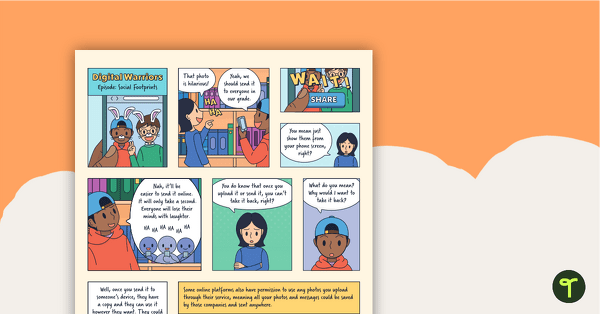
Digital Warriors: Social Footprints – Comprehension Worksheet
A comprehension worksheet for a comic about being safe when sharing photos on digital platforms.
- Plus Plan
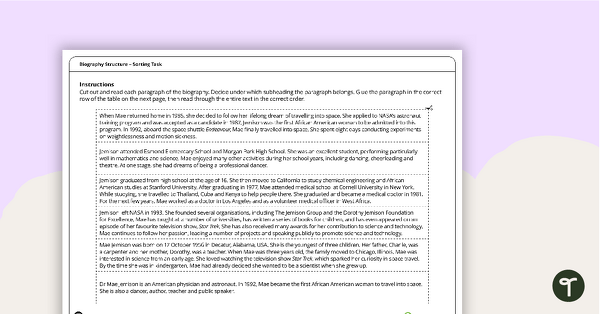
Dr Mae Jemison – Biography Structure Sorting Task
A sorting task to help students learn about the structure of a biography.
- Plus Plan
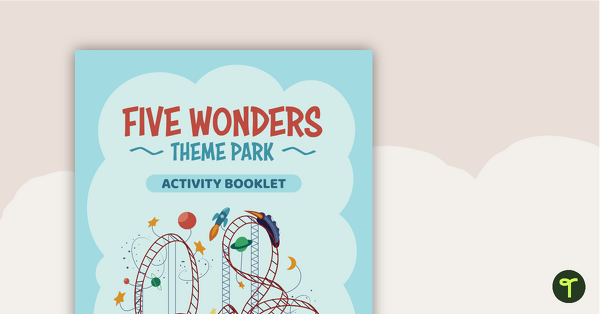
Five Wonders Theme Park: Fresh Start – Project
A project for students to use their literacy skills and creativity to rebrand Five Wonders Theme Park.
- Plus Plan
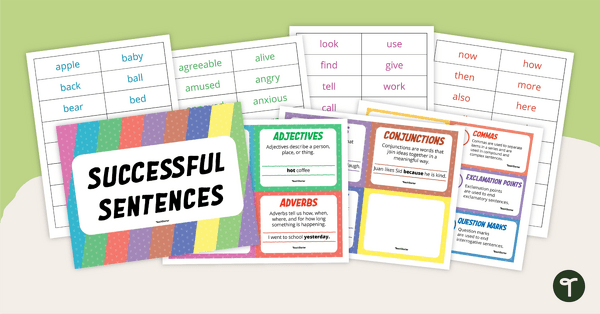
Successful Sentences – Sentence Construction Cards
Word cards for constructing complex sentences.
- Plus Plan
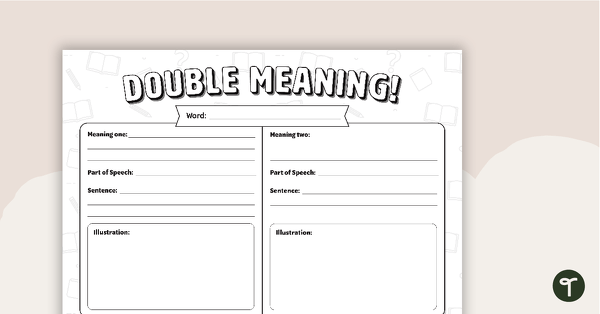
Double Meaning Vocabulary Worksheet
A worksheet to use in the classroom when identifying homonyms.
- Plus Plan
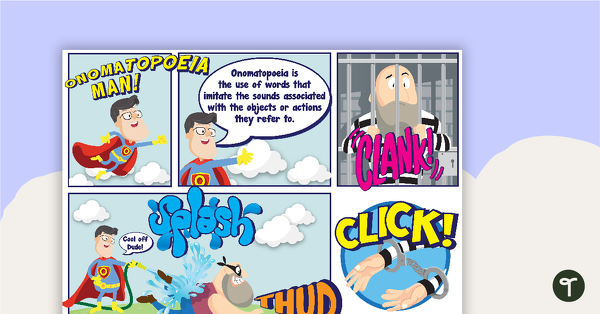
Onomatopoeia Man Poster
A poster providing a definition and examples of onomatopoeia.
- Plus Plan
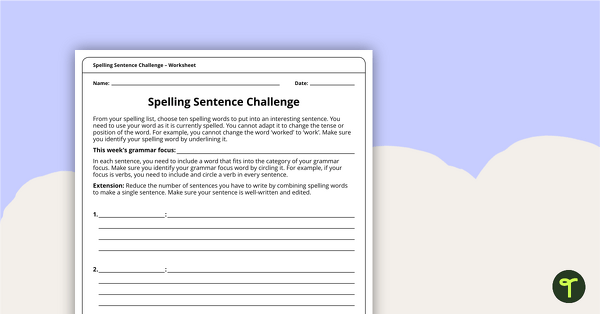
Spelling Sentence Challenge Worksheet
A teaching resource to help consolidate their current spelling program and grammar use.
- Plus Plan
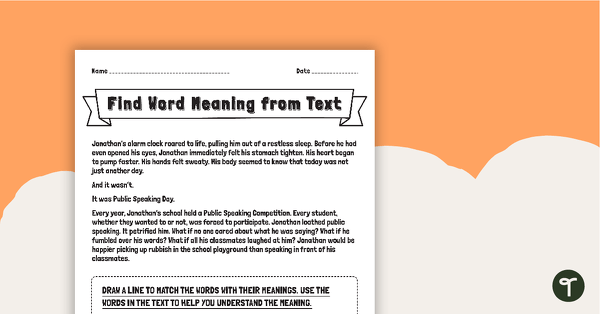
Finding Word Meaning In Context - Text And Word Meaning Worksheet
A teaching resource to help teach your students how to find word meaning in context.
- Plus Plan
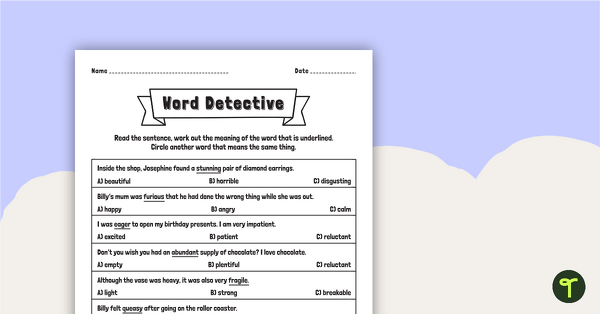
Finding Word Meaning In Context - Word Detective Worksheet
A teaching resource to help teach your students how to find word meaning in context.
- Plus Plan
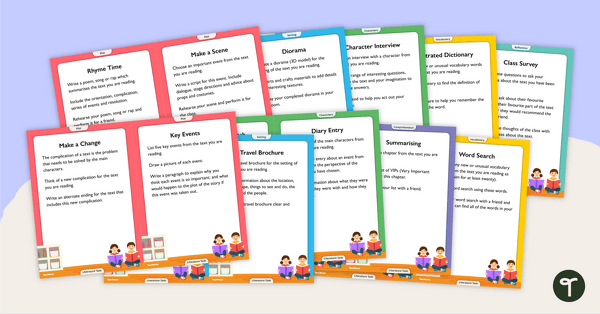
Literature Task Cards
A set of 30 literature tasks to assist your students with examining and responding to literature.
- Plus Plan

60 Comprehension Strategy Task Cards
A 144 page comprehension resource pack to help students apply comprehension strategies when reading.
- Plus Plan
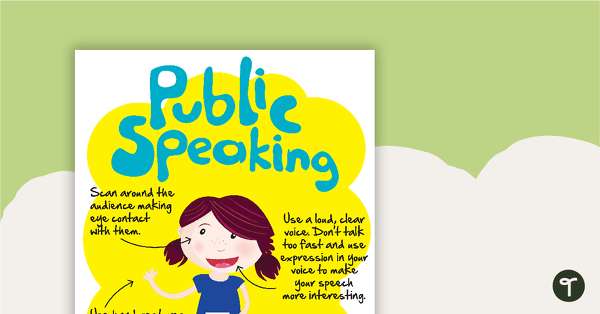
Public Speaking Poster
A poster giving tips on how to deliver an effective speech.
- Plus Plan
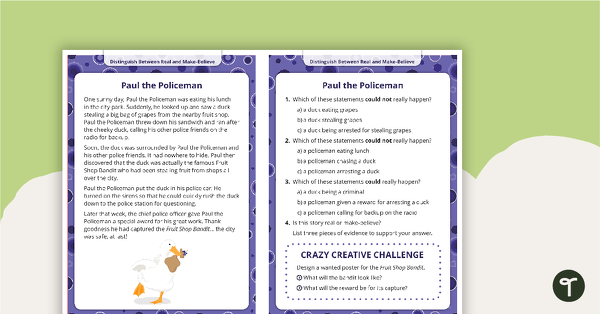
Comprehension Task Cards - Distinguishing Between Real And Make-Believe
A set of comprehension task cards to help students distinguish between real and make-believe when reading.
- Plus Plan
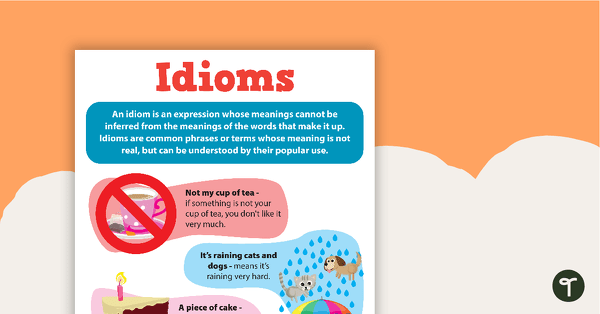
Idioms Poster
A poster giving the definition for and examples of idioms.
- Plus Plan
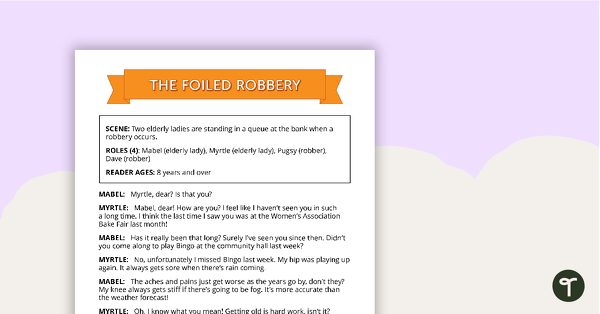
Comprehension - Foiled Robbery
A fun script and set of questions to help students develop reading and comprehension strategies.
- Plus Plan
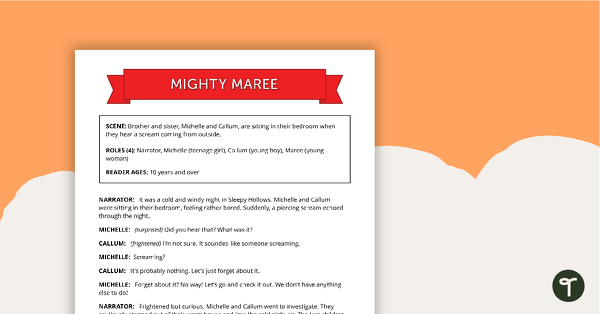
Comprehension - Mighty Maree
A fun script and set of questions to help students develop reading and comprehension strategies.
- Plus Plan
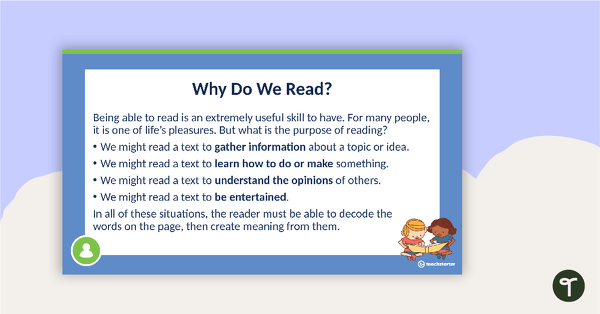
Reading Comprehension Strategies PowerPoint - Predicting
A 14 slide editable PowerPoint template explaining the reading comprehension strategy of predicting.
- Plus Plan
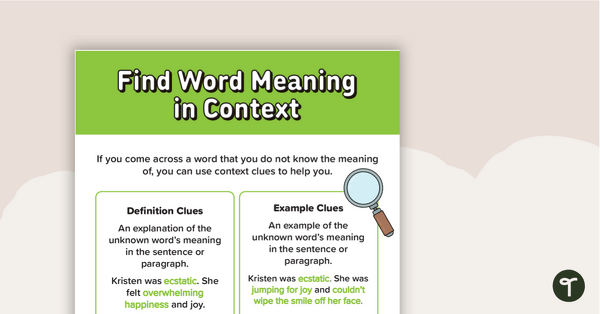
Find Word Meaning in Context Poster
A poster highlighting how to find word meaning in context when reading a piece of text.
- Plus Plan
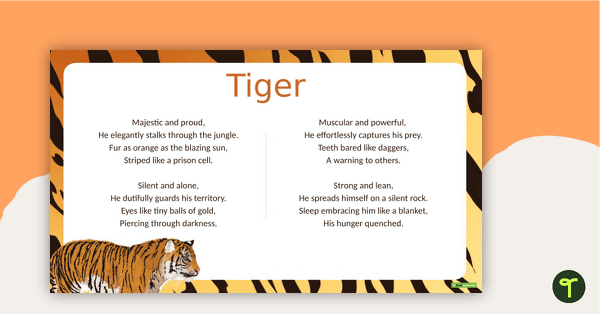
NAPLAN Reading Magazine – Year 5 - PowerPoint
5 reading texts with multiple choice questions for NAPLAN Reading Year 5 on PowerPoint.
- Plus Plan

Direct and Indirect Characterisation
A set of two posters explaining direct and indirect characterisation.
- Plus Plan
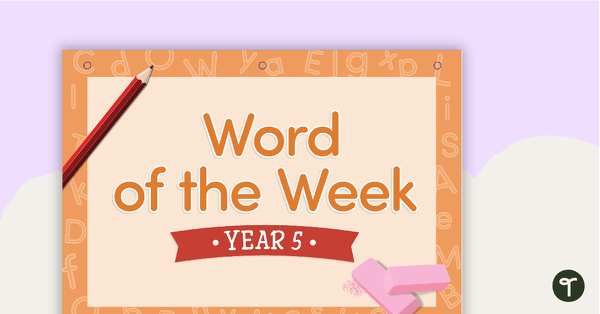
Word of the Week Flip Book - Year 5
A 43 page flip book for introducing new vocabulary to year 5 students.
- Plus Plan
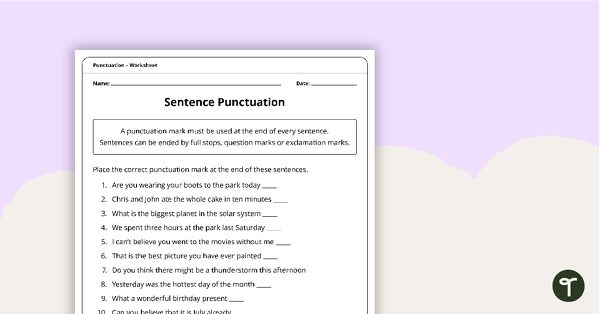
Punctuation Worksheet Pack – Upper Primary
A 6 page worksheet pack to consolidate the learning of punctuation for the upper years.
- Plus Plan
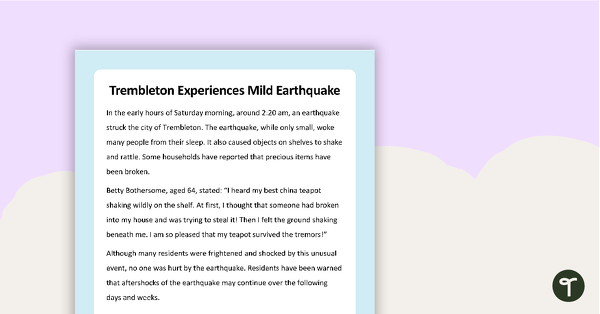
Recalling Facts - Comprehension Task
A task to use when teaching your students reading comprehension strategies.
- Plus Plan
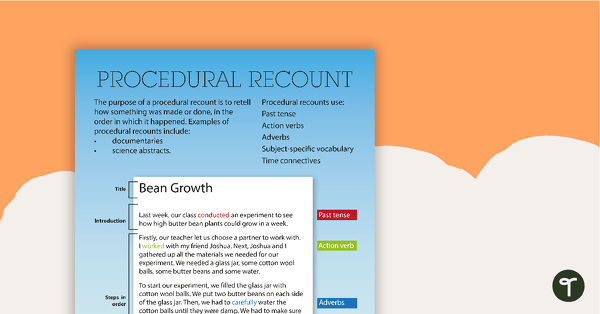
Procedural Recount Text Type Poster With Annotations
A poster about the procedural recount text type, including an annotated example.
- Plus Plan
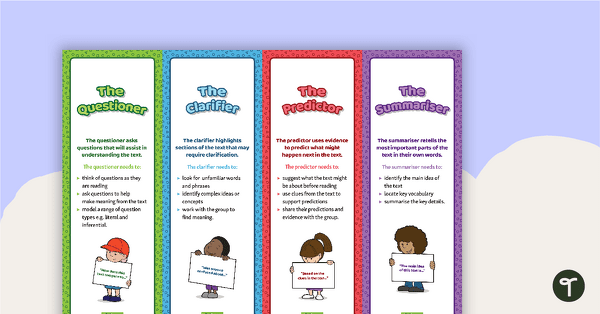
Reciprocal Teaching Role Bookmarks
A set of 4 colourful bookmarks explaining reciprocal teaching roles.
- Plus Plan
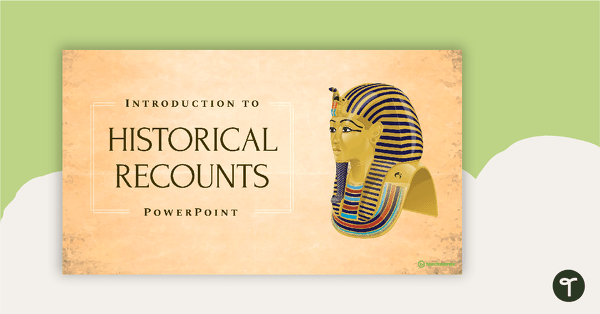
Introduction to Historical Recounts PowerPoint
A 17 slide editable PowerPoint template to use when teaching older students about the structure and language features of historical recounts.
- Plus Plan
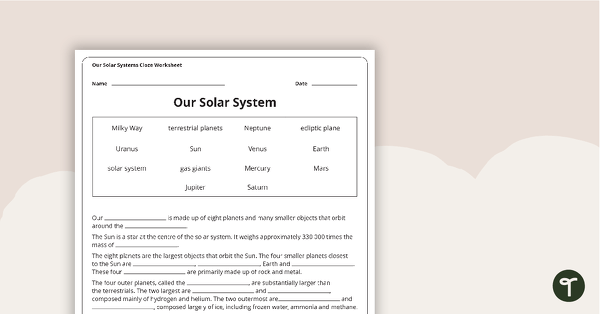
Fiction and Non-Fiction Cloze Activities
A set of 7 fiction and non-fiction cloze worksheets with answer sheets.
- Plus Plan
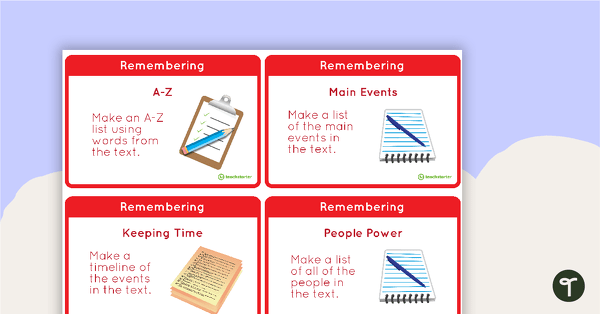
Bloom's Taxonomy Fast Finisher Task Cards - Upper Years
44 Bloom's Taxonomy fast finisher activity cards.
- Free Plan
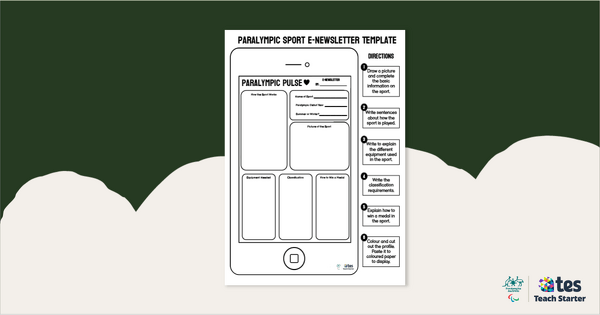
Paralympic Sport Newsletter Template
Enhance learning about Paralympic Sports with our mini social media-style newsletter template.
- Plus Plan
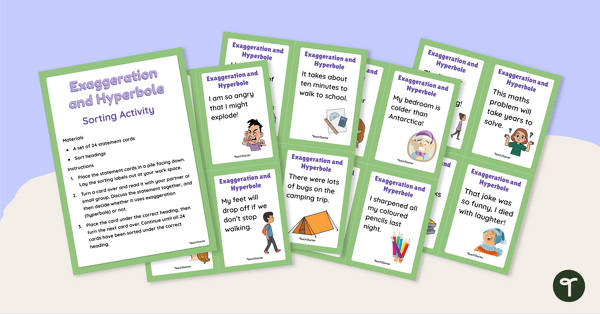
Exaggeration and Hyperbole Sorting Activity
Explore examples of hyperbole with your students using this set of 24 sorting cards perfect for your collaborative group work.
- Plus Plan
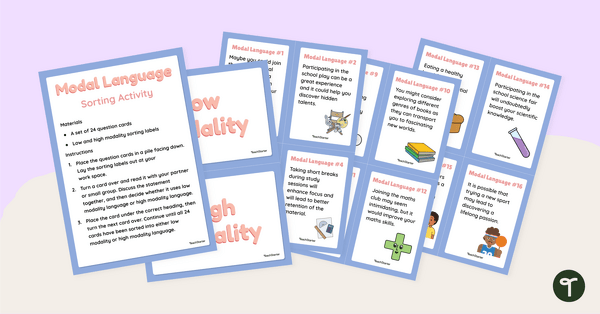
Modal Language Sorting Activity
Explore examples of modal language with your students using this set of 24 sorting cards perfect for your persuasive writing unit.
- Free Plan
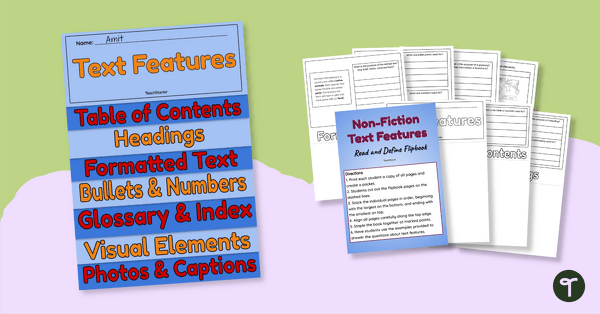
Non-Fiction Text Features Flipbook – Read and Define
Use this text features flipbook as a student-centred literacy activity to teach your students about the purpose of text features in non-fiction books.